Princess Bamba Duleep Singh— the enigmatic heiress.
The Last Torchbearer of the Legacy of Maharaja Ranjit Singh.
Princess Bamba Duleep Singh: The Last Torchbearer of the Legacy of “Sher-e-Punjab”.
The Maharaja and an Egyptian Damsel: An Unexpected Union
Maharaja Duleep Singh, the youngest progeny of the indomitable Maharaja Ranjit Singh, has had an everlasting imprint on the annals of the Sikh history. His youth was entangled with the political designs of the British East India Company, culminating in the Punjab's annexation post the Second Anglo-Sikh War of 1849. Stripped from his cultural tapestry and coerced into Christianity, the British took him under their tutelage. His destiny intersected with Bamba Müller's—an exotic damsel— in Cairo, while he was en route from India post his mother's ash immersion. This lady, sired by Ludwig Müller, a German banker, and Sofia, of Abyssinian (Ethiopian) descent, would soon adorn the title of his wife. Their intertwining fates became an emblem of history's unforeseen trajectories.
The Royal Offspring

Born on a crisp September day in 1869 in London, Princess Bamba made her entrance as the eldest daughter of Maharaja Duleep Singh. Christened Bamba Sofia Jindan Daleep Singh, her name was a testament to both her maternal and paternal roots, embodying a bridge between the old and the new. Among several siblings, Bamba held a unique position. As time unfurled, while her siblings assimilated into the English nobility, Bamba, the elder sentinel, outlived them all. Sophia, her sister, often steals the limelight for her fierce activism in the British suffragette movement. Yet, Bamba's bearing, reflecting the intricate weave of their Sikh ancestry against the backdrop of a transforming Indian subcontinent, remains an understated chapter.
A Life Divided Between Two Worlds
Upon her decision to venture to India, Princess Bamba felt the need for a dependable female confidante and caretaker, prompting her to place an advertisement in a newspaper. Responding amongst a flurry of interested candidates was Marie Antoninette, a Hungarian aristocrat with a formal training in music and opera. Their mutual journey wove their fates together, alternating between Lahore and Simla, the British Raj's summer haven. Through Bamba's intervention, Marie and Umrao Singh Shergill— a Jat Sikh aristocrat— crossed paths, a meeting that quickly culminated in marriage. They subsequently settled in Budapest, where, in 1913, they welcomed their daughter, Amrita Shergill, destined to become one of India's pioneering artists.
Meanwhile, Princess Bamba felt a continual pull to her ancestral lands, frequently traveling between England and India.
Eventually, she found her heart anchored in Lahore, where she invested in a sprawling mansion in the upscale Model Town, christening it 'Gulzaar', a tribute to her passion for roses. This magnificent dwelling became her sanctuary for the remainder of her days. In 1915, Lahore bore witness to another significant chapter in her life - her marriage to a Scotsman, Dr. David Waters Sutherland, a distinguished figure at the King Edward Medical College.
Dynamic Household: Adopted son, social life and teaching assignment
The chronicles of Bamba's life are woven with layers of intrigue and enigma. Although she didn't have children of her own, hushed tales from the annals of history hint at an adopted son during her years with Sutherland. The intricacies of this adoption, from its legal grounding to the child's identity, remain shrouded in mystery. With Sutherland's demise in 1939, Bamba faced a life-altering juncture. Despite her husband's earlier move to Scotland, she was resolute in her decision to remain in Lahore, a poignant ode to her lineage, the land of her forebears, and the capital of the formidable Sikh Empire established by her legendary grandfather.
Even as age took its toll, Bamba's spirit remained undimmed. She warmly welcomed a mosaic of intellectuals, artists, writers, and advocates of India's quest for freedom into her abode. While she keenly tracked the progress of the freedom struggle, she consciously steered clear of formally joining any specific campaigns, including those led by Mahatma Gandhi.
'Gulzar' (Rose Palace), her beloved residence, mirrored her ardour for horticulture. The grounds were graced with a garden, where she cultivated an exquisite array of roses. It was in this verdant enclave that many a fervent debate and enriching discourse took place.
Reaffirming her profound ties to Lahore, Bamba took on a teaching role, aligning herself with a Girls’ Training Institution. This association wasn't fleeting; Bamba's dedication saw her remain affiliated with the institution till her twilight years.
Princess Bamba’s Final Bequest
In 1955, a crucial amendment was made to Princess Sophia's will. As the winds outside murmured stories of eras past, Bamba bestowed the trusteeship—eschewing outright ownership—of her invaluable treasures, which encompassed 'Gulzaar' and UK-sourced artifacts, to Pir Qarim Bakhsh Supra, her unwavering secretary. A mere five years later, recognizing the historical gravitas of these artifacts, the Government of Pakistan procured them for a stately sum of 14,000 pounds. Today, these priceless Sikh antiques find a home in Lahore's Fort at the “Princess Bamba Collection” of the Sikh Art Gallery, where they stand as silent sentinels of history, capturing the essence of the last Sikh Empire’s heritage1.
Legend has it that Bamba's will enshrined a specific directive: that roses from the "Gulzar" courtyard be routinely laid upon her final resting place.
Final Resting Place
The final resting place of Princess Bamba, the last scion of the grand Sikh Maharaja, is an evocative symbol of her journey through life. Ironically, she lies in Lahore's Gora Qabristan, a Christian Cemetery. Her grave resonates with the profound essence of Bamba's earthly passage, transcending her regal lineage.
A poetic Persian epitaph graces her tombstone. Its profound meaning was unravelled and translated by an erudite Twitter friend, who modestly opted for anonymity:
Farq-e-shahi wa bandagi barkhast Chun qaza’e navishta ayad pesh;
Gar kase khak-e-murda baz kunad, Nashenasad tawangar az darwesh.
In essence, it reflects:
"The distinction between royalty and servitude fades, Once the inevitable hand of fate is met.
Scatter the ashes of the departed, And no one could discern the mighty from the humble."
The latter phrase, referencing "darwesh," alludes to the indistinguishable remnants of both the powerful and the humble in the face of mortality.
As 'Gulzar' Crumbles, Its Memory Flourishes in Our Hearts
Ephemerality is the essence of all existence—be it the animate or the inanimate. Over time, the weight of maintenance made "Gulzar" unsustainable. Its eventual demolition and sale saw the disappearance of Princess Bamba's cherished rose plants. The poignant message inscribed on her gravestone, it seems, became a prophecy not just for her, but also for her beloved home and its floral treasures.
The keeper of the cemetery recounts that her resting place remains in commendable condition. The descendants of Pir Qarim Bakhsh Supra ensure they commemorate her birth and death anniversaries by adorning her tomb with roses. Yet, the blooms they offer, while beautiful, lack the vibrant red hue of those from "Gulzar" and their vitality fades quicker.
The images accompanying this account have been duly credited to the mentioned publication2. Fortuitously, thanks to #AI_artwork (Artificial Intelligence) rendered by the "DreamStudio" software, we're afforded a glimpse into the majestic aura "Gulzar" might have radiated in its prime.
Reclaiming a Forgotten History
In the vast panorama of history, stories sometimes fade or are overshadowed by myriad reasons. The tale of Princess Bamba is one such narrative, deeply enmeshed with the socio-political complexities of her time. As an amateur internet researcher, one cannot help but wonder: Why has Bamba's legacy been relegated to the sidelines? Is it the choice of her faith, her marriage, or the land she called home in her final years? And while we ponder upon her sister Sophia's residence in England gaining prominence as a “heritage property”, why did 'Gulzar', the symbol of Bamba's legacy, fade into oblivion? Is Lahore's rich history inaccessible to us, or have we, as seekers of our past, not pursued it with the passion it deserves? Our collective heritage beckons us to delve deeper, ensuring that stories like Princess Bamba's aren't lost but cherished. In doing so, we pay homage not just to the Princess but also to the shared lineage and history she represents3.
We can’t afford to let our history and heritage wither right in front of our eyes4.
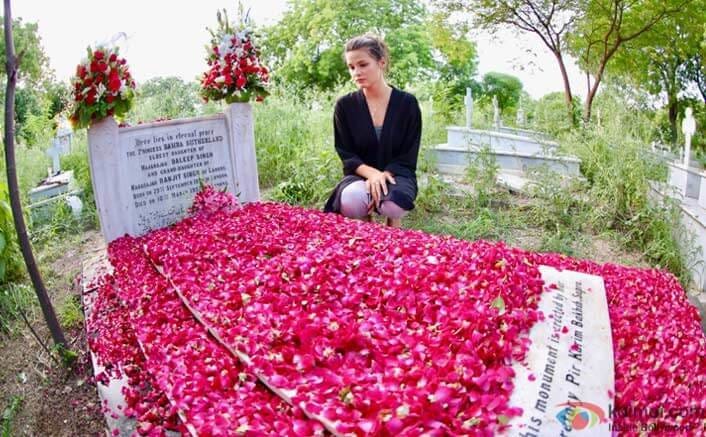
Links to other publications that have carried this article5.
http://www.sikh-heritage.co.uk/heritage/bamba%20collection/prin%20bamba%20col.htm
Princess Bamba Collection, Lahore Fort. High resolution images of these rare paintings should be procured and put out in the public domain.
In this day and age of AR/ VR and Artificial Intelligence, 3D videos can be easily procured so that those who can’t visit the Lahore Museum, can observe and absorb what is the next best to being there in person.
https://www.sikh24.com/2020/08/31/gulzaar-princess-bambas-house-demolished-in-lahore/
A leading Sikh Scholar, Statesman and Stalwart, with whom I discussed the subject, had the following comment to offer: “Thank you for the mail and comments. It is a pity when we go into the history and find that Princess Bamba remained in Amritsar for many years. No Sikh came forward to marry her though we always claim to be defenders of the Sikh Empire. Fully disillusioned, she went to Lahore, along with all the paintings and other material. She married the Principal Government College and later another Muslim and died as Muslim, properly buried. I welcome your proposal but it will be a sad reflection on the Sikh Leadership.”
He requested me not to identify him. I could not immediately and independently verify the historicity of his comments. Any input or feedback shall be most welcome.
Despite its promising cast, including Shabana Azmi portraying Maharani Jindan, the 2017 biopic "The Black Prince" about Maharaja Duleep Singh failed to resonate with audiences. To me personally, the title "The Black Prince" — a moniker used by the British to describe Maharaja Duleep Singh — carries a pejorative undertone. Perhaps a different title might have altered the film's reception.
While Satinder Sartaaj earnestly attempted to breathe life into the role of the iconic last surviving son of Maharaja Ranjit Singh, his portrayal fell short of capturing the character's essence.
Director Kavi Raz, originally from Punjab but raised in Britain and now based in Los Angeles, seemed to miss the subtleties and depth of Sikh values in his narration. Furthermore, the film's fleeting references to Princess Bamba left much to be desired.
http://epaper.dailypunjabtimes.com/ArticlePage/APpage.php?edn=English&articleid=PUNJABT_ENG_20230813_2_4&artwidth=438px

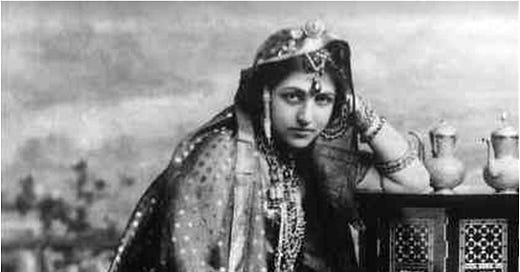



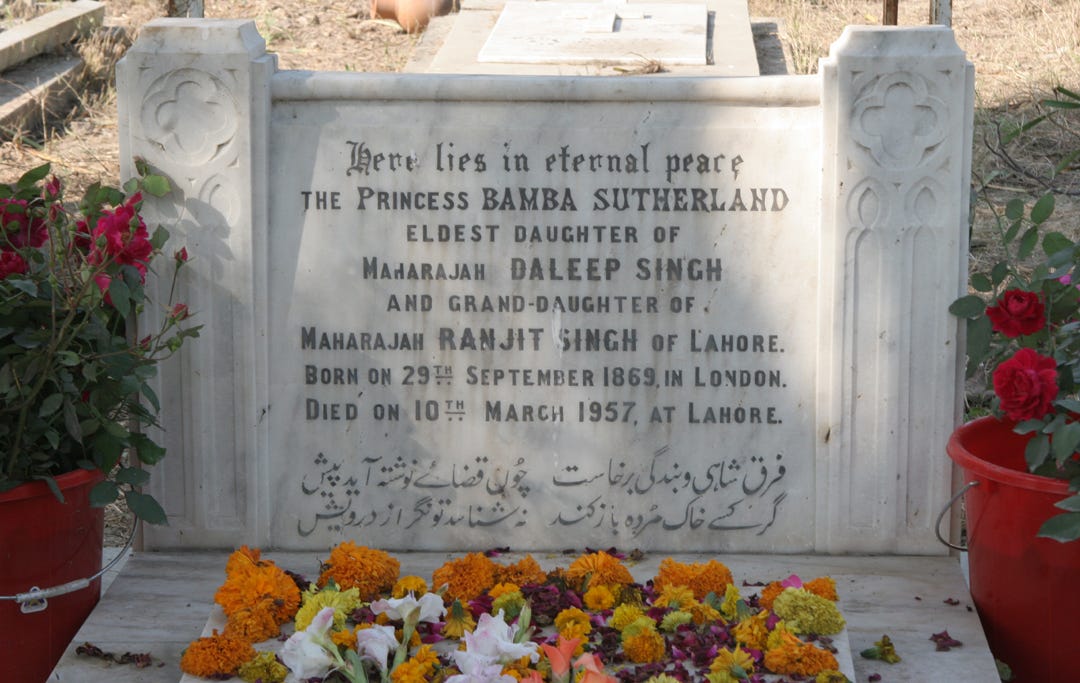
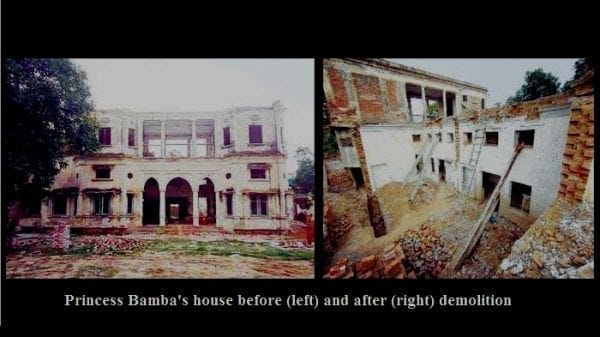
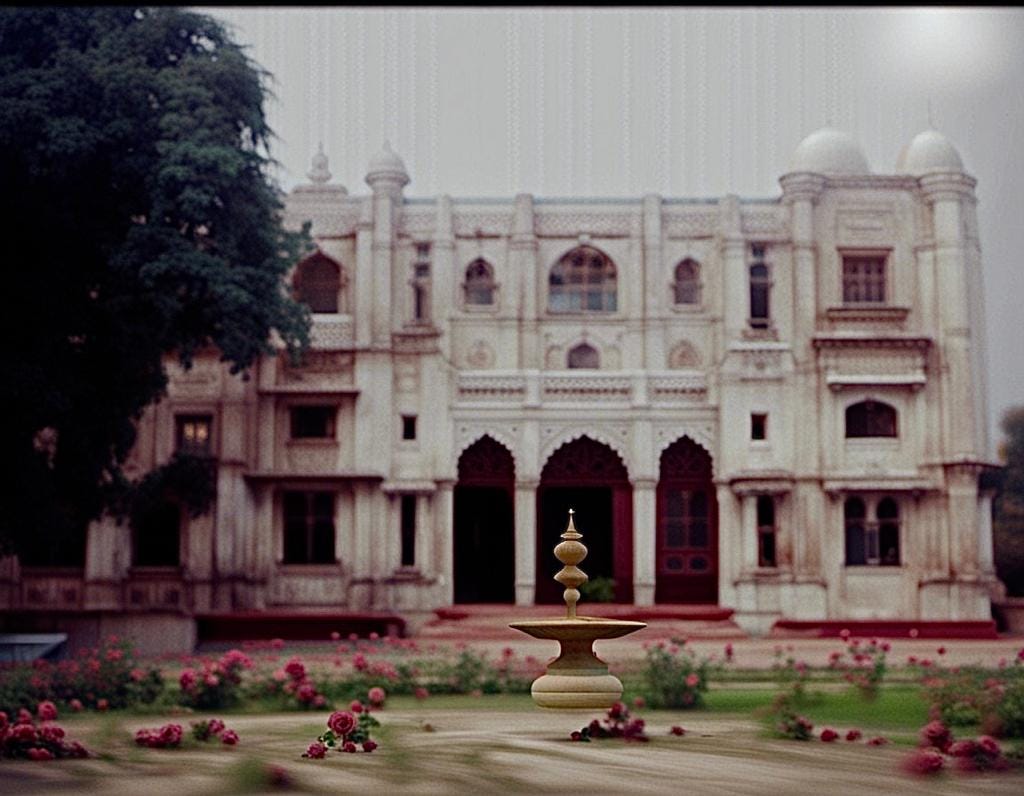
Beautiful.
Mustansir Hussain Tarar, the Pakistani scholar, who brought the Princess' residence in Lahore into limelight in ninteen seventees, said in an article that on a Christmas day, on his way back home from a visit to Data Ganj Bakhsh, he decided to visit the Princess' grave. He found it deserted, sans flowers and sans lamp, and was reminded of "...na charaaghaa.n, na gule...." So, he placed the stringed marrigold flowers, which he had received from Data Ganj Bakhsh, on the grave. In an interview he said, "but where was I to find the charagh to be lit there, for the Princess was the last charagh of this illustrious family and that charagh had already been extinguished."
.
Thanks for providing an opportunity to peruse a part of the Sikh history. Maharaja Duleep Singh became a Christian but later returned to his old faith. This alludes to his search for cultural identity more than spirituality. I personally believe religion more as a cultural labeling.
Princess Bamba comes out as a person relishing the diversity - born a Christian, developing interest in Sikhism & her ancestors, preferring India over England, choosing to stay in Pakistan after partition & making Pir Qarim Bakhsh Supra as custodian of the remains of Sikh dynasty. She will be a beacon in the land obsessed with discounting any heterogeneity.